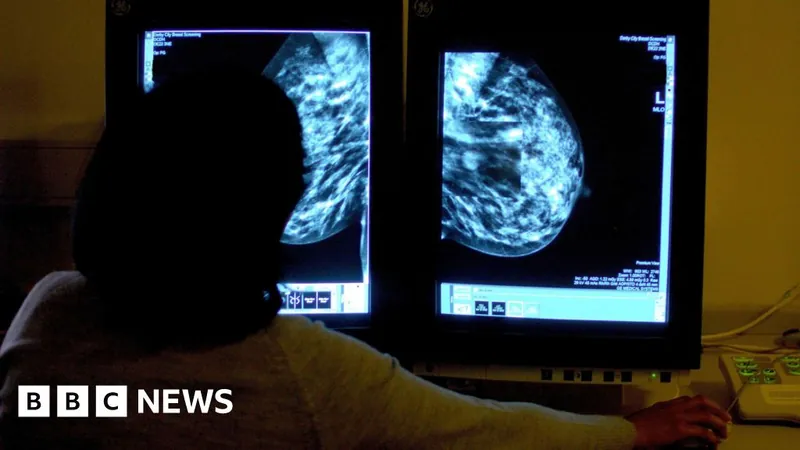
Giant Meteorite Impact May Have Paved the Way for Microbial Life on Early Earth
2024-11-02
Author: John Tan
Introduction
A groundbreaking study has emerged, suggesting that a colossal meteorite impact—estimated to be 50 to 200 times larger than the infamous space rock that extinguished the dinosaurs—may have nourished the conditions necessary for early microbial life to thrive on our planet.
Research Overview
The research, led by Nadja Drabon, an assistant professor of Earth and planetary sciences at Harvard University, showcases findings from an analysis of sediment from an impact site nearly 3.26 billion years old in what is now South Africa. During this time, Earth was predominantly covered by shallow seas, making it a unique location for understanding how such cataclysmic events influenced early life.
Impact and Nutrients
The impact released a series of nutrients crucial for microbial survival. Although the immediate aftermath of the collision was catastrophic—generating massive tsunamis and dust clouds that blocked sunlight—Drabon and her team suggest that the long-term environmental changes positively impacted microbial ecosystems.
Quotes from Drabon
“Life demonstrates remarkable resilience,” Drabon stated, emphasizing that evidence of life can still be found in the geological record following the impact. Interestingly, the study, published on October 21 in the journal PNAS, notes that certain elements, critical to life, saw spikes in their availability soon after the impact.
Phosphorus Spikes
The first significant element was phosphorus. In the Archean ocean, this vital nutrient was rare, potentially stunting microbial growth. However, the immense carbonaceous chondrite that struck Earth contained gigatons of phosphorus, which would have been released into the shallow seas following the impact. The influx of this nutrient likely provided a boon for microbial communities.
Iron Enrichment
Another critical element was iron, which was abundant in the deep oceans but scarce in shallow waters. The giant tsunami caused by the meteorite impact stirred these deeper layers and mixed them into shallower habitats, enriching the environment and allowing life to flourish.
Conclusion
This study sheds light on a pivotal period in Earth's early history, suggesting that similar meteorite collisions were not mere disasters but vital events that could alter the course of evolution for life on the planet. The geologic record indicates that such massive impacts occurred at least every 15 million years, forming a continuous interplay between destruction and new life opportunities.
Final Thoughts
Drabon concluded with a thought-provoking parallel: “Just as the extinction of the dinosaurs allowed mammals to flourish, these early meteorite impacts might have executed a similar role in shaping the microbial landscapes of our youth.” Each impact created a unique set of challenges and opportunities for life, illustrating that evolution is a dance of both peril and promise. Understanding these ancient impact events could provide essential insights into how life not only endured but evolved in the face of adversity, a narrative that continues to resonate in our exploration of life beyond Earth.



 Brasil (PT)
Brasil (PT)
 Canada (EN)
Canada (EN)
 Chile (ES)
Chile (ES)
 España (ES)
España (ES)
 France (FR)
France (FR)
 Hong Kong (EN)
Hong Kong (EN)
 Italia (IT)
Italia (IT)
 日本 (JA)
日本 (JA)
 Magyarország (HU)
Magyarország (HU)
 Norge (NO)
Norge (NO)
 Polska (PL)
Polska (PL)
 Schweiz (DE)
Schweiz (DE)
 Singapore (EN)
Singapore (EN)
 Sverige (SV)
Sverige (SV)
 Suomi (FI)
Suomi (FI)
 Türkiye (TR)
Türkiye (TR)